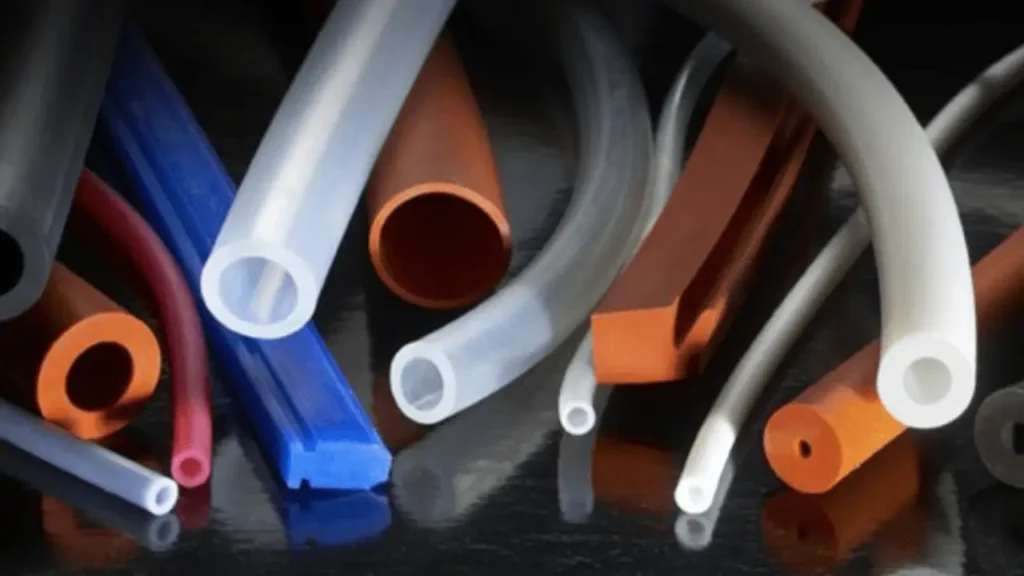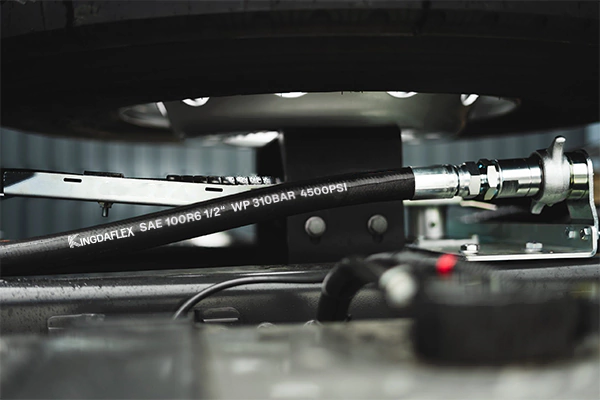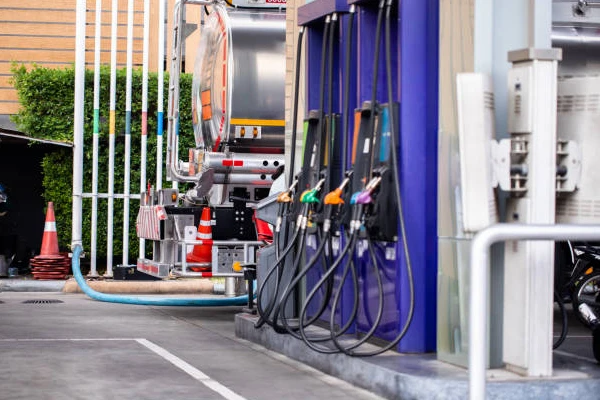Rubber hoses can become stiff and difficult to handle over time, especially when exposed to extreme temperatures or long-term storage. Softening a rubber hose restores its flexibility, making it easier to use for irrigation, air, or fluid transfer. Understanding proper methods ensures safety and longevity.
Choosing the right approach to soften a rubber hose depends on its material composition and intended use. Simple techniques, like warm water soaking or using silicone-based lubricants, can significantly improve pliability. Following safe and effective methods prevents damage, ensuring your hoses remain durable and efficient for all applications.
When to Soften Rubber Hoses?
Knowing when to soften rubber hoses is essential to maintain flexibility, prevent cracking, and extend lifespan. Softening is particularly useful in situations where hoses have hardened due to storage or environmental exposure. Key moments to consider softening include:
- Before installation – Ensures the hose can bend easily around corners, preventing kinks and potential damage during setup, making connections smoother and more reliable.
- After long storage – Hoses left unused may become stiff; softening restores suppleness, improving performance and reducing the risk of sudden cracks under pressure.
- In cold environments – Low temperatures can make rubber rigid; softening maintains flexibility, ensuring hoses perform efficiently and safely without compromising their structural integrity.
- Prior to heavy-duty use – For hoses used in demanding applications, softening prepares the material to handle pressure and movement without premature wear or breakage.
How to Soften Rubber Hose?

Over time, rubber hoses can become stiff and brittle from exposure to the elements and age, losing their flexibility. Fortunately, you can restore their softness and usability with a simple process. The key is to use a combination of heat and a conditioning agent to help the rubber regain its elasticity.
Step 1: Prepare a Hot Water Bath
To soften a rubber hose, start by preparing a hot water bath. Find a container, such as a large bucket or tub, that is big enough to fully submerge the section of the hose you want to soften. Fill the container with hot water, but do not use boiling water, as extreme temperatures can damage the rubber. The hot water will heat the hose, causing the rubber to expand slightly and its molecules to become more pliable, which is the first crucial step in restoring its flexibility.
Once the container is filled, carefully place the hose into the hot water. Ensure that the entire stiff portion of the hose is submerged. This initial heat treatment is essential as it prepares the rubber to absorb the conditioning agents in the following steps. It helps to loosen the rigid molecular bonds that have formed over time, making it much easier for the hose to regain its elasticity.
Step 2: Add a Lubricant or Conditioner
After the hose is submerged, add a conditioning agent to the hot water bath. Glycerin, a silicone-based lubricant, or even a small amount of dish soap can be used. Glycerin is particularly effective because it acts as a humectant, drawing moisture into the rubber to rehydrate it. Silicone-based products also work by creating a slick, protective layer that helps the rubber become more flexible.
The heat from the water helps the conditioning agent penetrate the rubber’s pores more effectively than it would at room temperature. The combination of the hot water and the lubricant works together to rehydrate the hose, breaking down the stiffness and restoring its original pliability. This step is key to long-term softening, as it treats the material from the inside out, not just on the surface.
Step 3: Soak the Hose
Allow the hose to soak in the hot, conditioned water for an extended period, preferably at least 30 minutes to an hour. For a hose that is extremely stiff, you might consider letting it soak even longer. This soaking time is critical because it gives the rubber ample opportunity to absorb the conditioning agents and for the heat to fully permeate the material.
During the soak, the rubber absorbs the conditioning agents, which rehydrate and lubricate the material, making it less brittle and more pliable. This process is similar to how a dry sponge softens when it absorbs water. As the hose becomes rehydrated, its internal structure becomes more flexible and less rigid, allowing it to bend without cracking or kinking.
Step 4: Gently Flex the Hose
Once the hose has soaked sufficiently, remove it from the water bath. You’ll notice it’s already much more pliable. Now, gently begin to flex and bend the hose along its length. This physical manipulation is an important step as it helps to further break down any remaining stiffness and evenly distribute the conditioning agents throughout the rubber.
Be careful not to bend the hose too sharply at first, as it could still be susceptible to kinks. Start with slow, gentle movements, gradually increasing the range of motion as the hose becomes more flexible. This action helps to “work in” the new flexibility and ensures the hose regains its full range of motion.
Step 5: Clean and Dry the Hose
The final step is to thoroughly clean and dry the hose. Remove it from the conditioner solution and rinse it with clean water to wash away any excess residue. This is important to prevent the hose from feeling greasy and to ensure it doesn’t attract dirt.
After rinsing, use a clean cloth to wipe the hose completely dry. Proper drying prevents the growth of mildew and ensures that the rubber remains in good condition. Once dry, your hose should be significantly softer and more flexible, ready for use or storage. You can repeat this process as needed to maintain its condition.
What Chemical Will Soften Rubber?
Various chemicals, often called plasticizers, can soften rubber by penetrating the material and breaking down the bonds that cause it to become brittle. These agents work by reintroducing lost moisture and flexibility to the rubber’s molecular structure. While many commercial products are available, some common household chemicals can also be effective.
- Isopropyl Alcohol and Methyl Salicylate: A solution of three parts isopropyl alcohol to one part methyl salicylate (wintergreen oil) is often recommended. This mixture effectively penetrates rubber, helping to restore its original softness and elasticity. It’s often used for automotive parts.
- Silicone-based Lubricants: Silicone sprays or silicone oil can be applied directly to the rubber’s surface. The silicone acts as a lubricant, making the rubber more pliable and flexible. It also provides a protective layer against future damage.
- Mineral or Vegetable Oil: Soaking a rubber item in mineral or vegetable oil can also help to soften it. The oil is absorbed by the rubber, replenishing moisture and improving its overall flexibility. This is a simpler and more accessible method.
Conclusion
Softening rubber hoses is a practical way to extend their life and maintain optimal performance. By applying careful techniques, users can avoid cracking or permanent stiffness, keeping hoses safe and functional for everyday use. Proper maintenance also reduces replacement costs, saving time and resources.
For those in need of high-quality rubber hoses, Kingdaflex offers a wide selection suitable for various applications. Our hoses are manufactured to meet rigorous standards, ensuring flexibility, durability, and reliability. Sourcing wholesale from Kingdaflex guarantees competitive pricing, making it an ideal choice for businesses and enthusiasts alike.
Incorporating softening practices with top-grade hoses from Kingdaflex ensures maximum performance and longevity. Whether for industrial, commercial, or home use, combining proper care with reliable products provides efficiency and safety. Explore our range to find the perfect solution for all your rubber hose needs.




